Have you ever wondered how spicy a pepper really is? The Scoville scale is the scientific measurement used to quantify the heat level of chili peppers and spicy foods. Developed in 1912 by pharmacist Wilbur Scoville, this scale measures capsaicin concentration in Scoville Heat Units (SHU), providing an objective way to compare pepper heat levels. Whether you're a cooking enthusiast or just curious about spicy foods, understanding the Scoville scale helps you choose the right pepper for your dishes and cook safely.
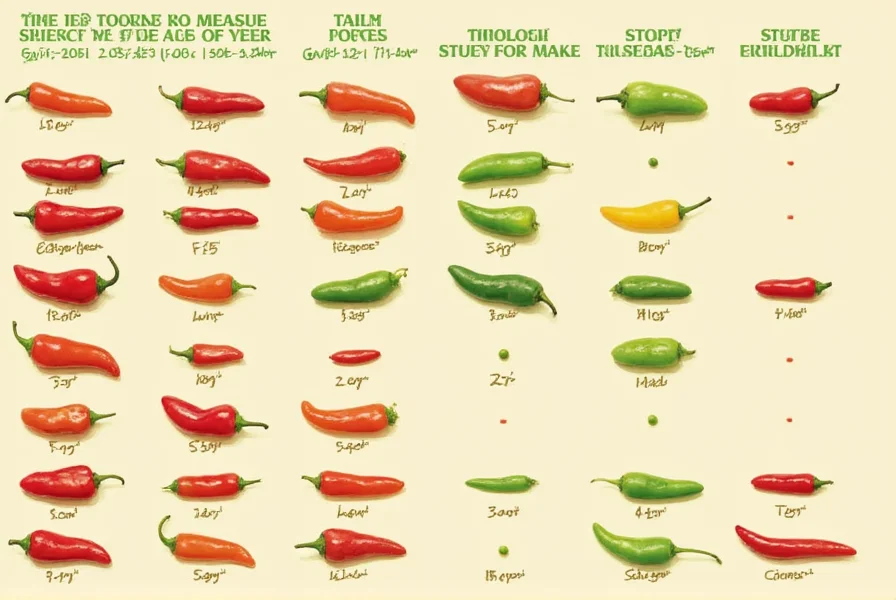
Table of Contents
- What Is the Scoville Scale?
- Why It Matters
- Top Peppers on the Scoville Scale
- 5 Practical Tips for Using the Scoville Scale in Cooking
- Buying Guide: Choosing the Right Pepper for You
- Frequently Asked Questions
- Conclusion
What Is the Scoville Scale?
The Scoville scale, named after its creator Wilbur Scoville, is the scientific measurement system used to quantify the heat level of chili peppers and spicy foods. It measures capsaicin concentration in Scoville Heat Units (SHU), with higher numbers indicating greater heat intensity.
Originally developed in 1912, the scale was based on dilution testing where pepper extract was diluted with sugar water until the heat was undetectable to a panel of tasters. Today, high-performance liquid chromatography (HPLC) provides more accurate measurements, but the SHU scale remains the standard for comparing pepper heat.
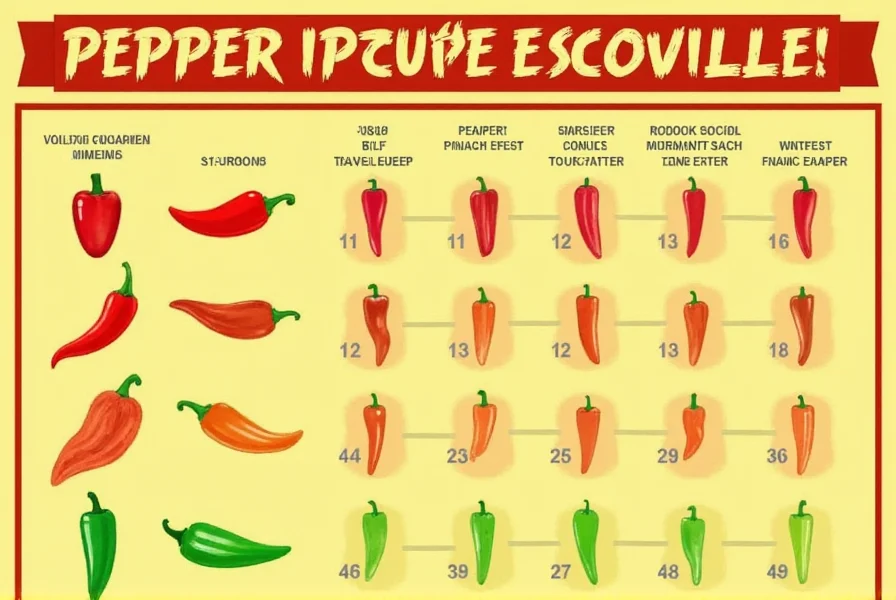
Why the Scoville Scale Matters
Understanding pepper heat levels is crucial for both safety and culinary success. Here's why the Scoville scale is important:
- Cooking consistency: Know exactly how much heat you're adding to your dishes, avoiding unexpected spice levels.
- Safety first: Prevent accidental burns when handling extremely hot peppers.
- Recipe accuracy: Follow recipes with confidence by knowing the exact heat level of ingredients.
- Consumer protection: Helps you make informed choices when buying hot sauces or spicy foods.
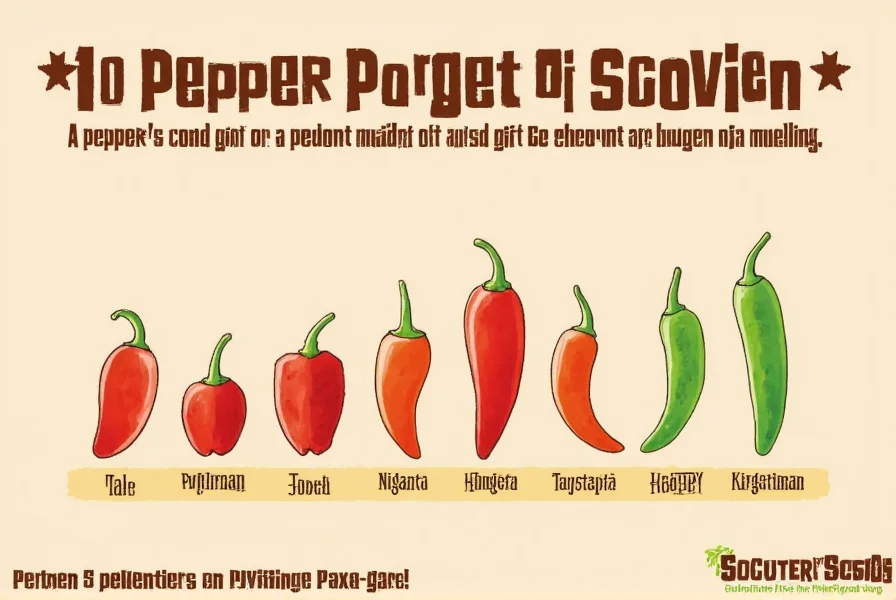
From Mild to Insane: Understanding the Ranges
Let's break it down into categories so you don't accidentally grab a ghost pepper when you were aiming for poblano. Think of this as a spice roadmap:
- Mild (0–1,000 SHU): Bell peppers, sweet peppers, pimentos.
- Medium (1,000–10,000 SHU): Jalapeños, banana peppers, Anaheim peppers.
- Hot (10,000–100,000 SHU): Serranos, Thai chilies, Tabasco peppers.
- Super Hot (100,000+ SHU): Habaneros, Scotch bonnets, ghost peppers, Carolina Reapers.
Top Peppers on the Scoville Scale
| Pepper | Scoville Heat Units (SHU) |
|---|---|
| Bell Pepper | 0 |
| Jalapeño | 2,500 – 8,000 |
| Habanero | 100,000 – 350,000 |
| Ghost Pepper (Bhut Jolokia) | 850,000 – 1,041,427 |
| Carolina Reaper | 1,400,000 – 2,200,000 |
Meet the Heat Champions
Now that you know what the scale means, let's take a tour of the most notorious peppers on the planet.
Bell Pepper – 0 SHU
This guy is the chill cousin who shows up late and eats salad at the BBQ. Zero heat, maximum crunch. Perfect for those who can't handle any spice but still want to feel part of the flavor gang.
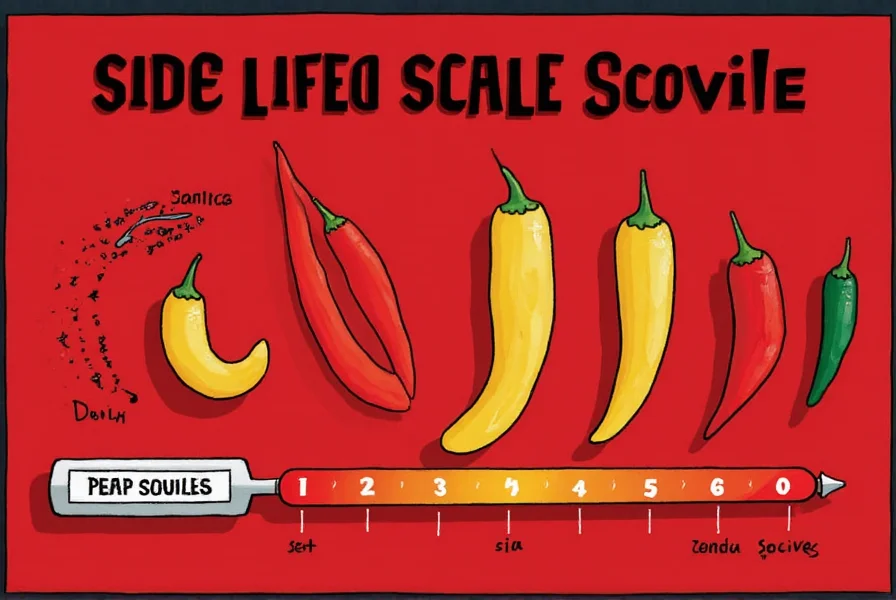
Jalapeño – 2,500–8,000 SHU
A household staple. Found in nachos, salsas, and sometimes stuffed with cheese and wrapped in bacon. It's got enough heat to remind you it's there, but not enough to make you question life choices — unless you eat five whole ones on a dare.
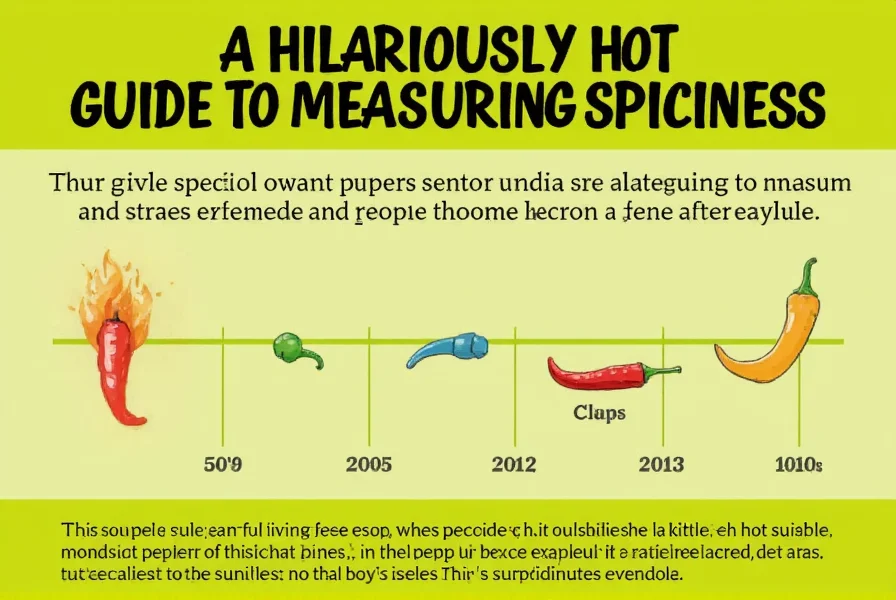
Habanero – 100,000–350,000 SHU
This one doesn't mess around. It hits you slow and builds up to a full-on inferno. Known for both its fruity flavor and searing heat, habaneros are popular in hot sauces and tropical-style salsas.
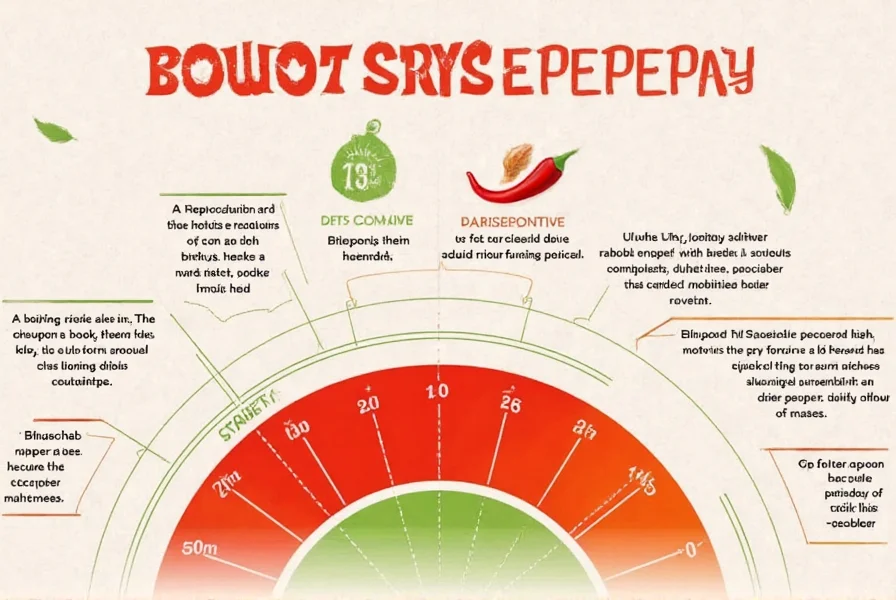
Ghost Pepper (Bhut Jolokia) – 850,000–1,041,427 SHU
Invented by aliens trying to scare humans. Seriously, eating a ghost pepper isn't just spicy — it's an experience. Capsaicin concentration is so high that handling it requires gloves, and tasting it should come with a warning label.
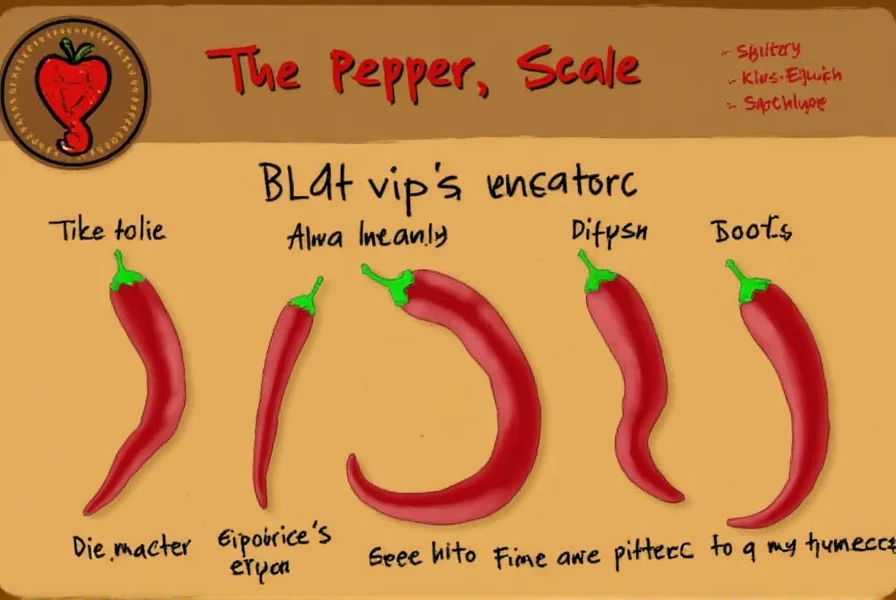
Carolina Reaper – 1,400,000–2,200,000 SHU
Guinness World Record holder for the hottest pepper in the world (as of this writing). Developed by Ed Currie in South Carolina, this pepper looks like it belongs in a sci-fi movie. With a sweet yet explosive flavor, it's perfect for daring chefs and extreme chili competitions.
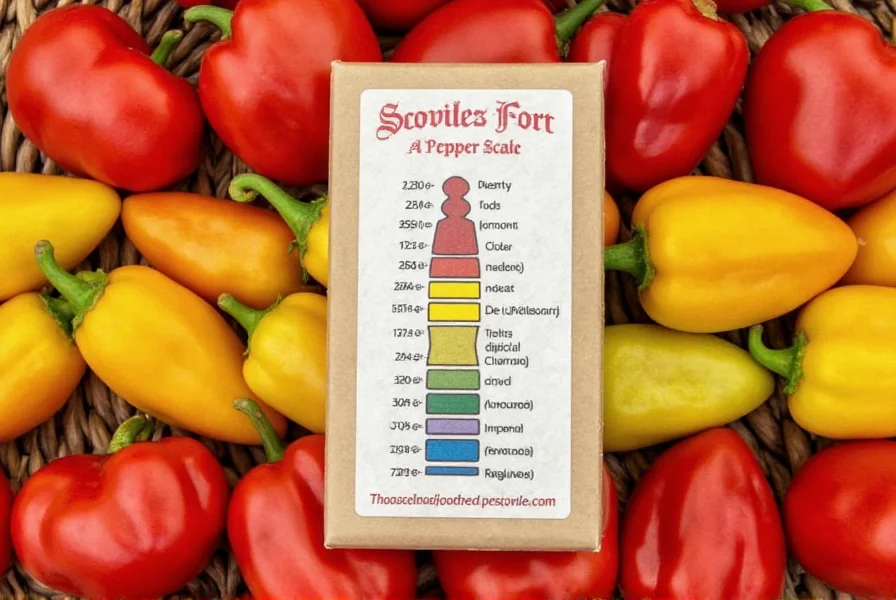
5 Practical Tips for Using the Scoville Scale in Cooking
Knowing the Scoville scale isn't just for chili geeks; it's incredibly practical for home cooks, grill masters, and anyone who loves adding heat to their meals. Here are five specific tips to master pepper heat:
1. Start Low and Build Up Gradually
When experimenting with new peppers, always begin with lower SHU varieties. For example, start with a jalapeño (2,500-8,000 SHU) before moving to a habanero (100,000-350,000 SHU). This approach helps your palate adjust to increasing heat levels without overwhelming your taste buds.
2. Know Your Audience's Spice Tolerance
Before serving spicy dishes to guests, ask about their heat preferences. For mixed groups, prepare multiple versions of a dish with varying heat levels. Offer mild options for sensitive palates and extra hot versions for spice enthusiasts.
3. Read Labels Carefully for Scoville Ratings
When purchasing hot sauces or spice blends, check the Scoville rating on the packaging. Many brands clearly display SHU values, allowing you to select the perfect heat level for your recipe. For example, a Tabasco sauce typically ranges from 2,500-5,000 SHU, while a Carolina Reaper hot sauce may exceed 1 million SHU.
4. Use Gloves When Handling Super-Hot Peppers
Always wear disposable gloves when handling peppers above 100,000 SHU. Capsaicin can cause severe skin irritation and burns, especially if it gets on your face or in your eyes. After handling, wash your hands thoroughly with soap and water before removing gloves.
5. Know How to Tame the Burn
If you accidentally eat something too spicy, here's how to cool down:
- Milk – Contains casein, which neutralizes capsaicin.
- Yogurt or sour cream – Similar properties to milk.
- Starchy foods – Bread, rice, or potatoes can help absorb the heat.
- Avoid water – It spreads the oil instead of washing it away.
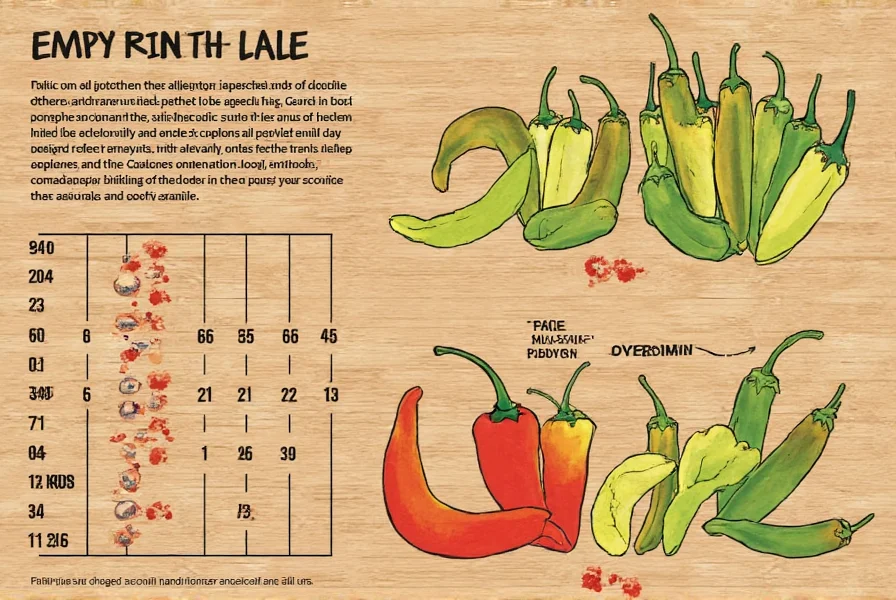
Buying Guide: Choosing the Right Pepper for You
Picking the right pepper isn't just about flavor — it's also about matching your spice tolerance, cooking style, and intended use. Let's break down some of the top picks and who they're best suited for.
1. Jaloro Jalapeño (Yellow Jalapeño) – 2,500–5,000 SHU
Features: Yellow jalapeño with a slightly sweeter and grassier flavor.
Best For: Roasting, pickling, making mild to medium salsas.
Perfect For: Home cooks who want gentle heat with bold flavor.
2. Poblano / Ancho – 1,000–2,000 SHU (when dried)
Features: Meaty texture, rich flavor, turns into ancho when dried.
Best For: Stuffing, making mole sauce, or adding smoky depth.
Perfect For: Mexican food lovers and stew enthusiasts.
3. Serrano – 10,000–23,000 SHU
Features: Bright, crisp, hotter than jalapeños but versatile.
Best For: Fresh salsas, hot sauces, garnishes.
Perfect For: adventurous beginners or spice-savvy home cooks.
4. Trinidad Moruga Scorpion – 1,200,000–2,000,000 SHU
Features: Former record-holder for the world's hottest pepper. Intense fruitiness followed by brutal heat.
Best For: Making insane hot sauces, winning chili cook-offs, or testing your bravery.
Perfect For: Chiliheads, hot sauce makers, and thrill-seekers.
5. Carolina Reaper – 1,400,000–2,200,000 SHU
Features: Currently holds the title of hottest pepper. Sweet and floral upfront, then pure heat.
Best For: Extreme heat challenges, concentrated hot sauces, YouTube stunts.
Perfect For: Serious chili lovers and daredevils.
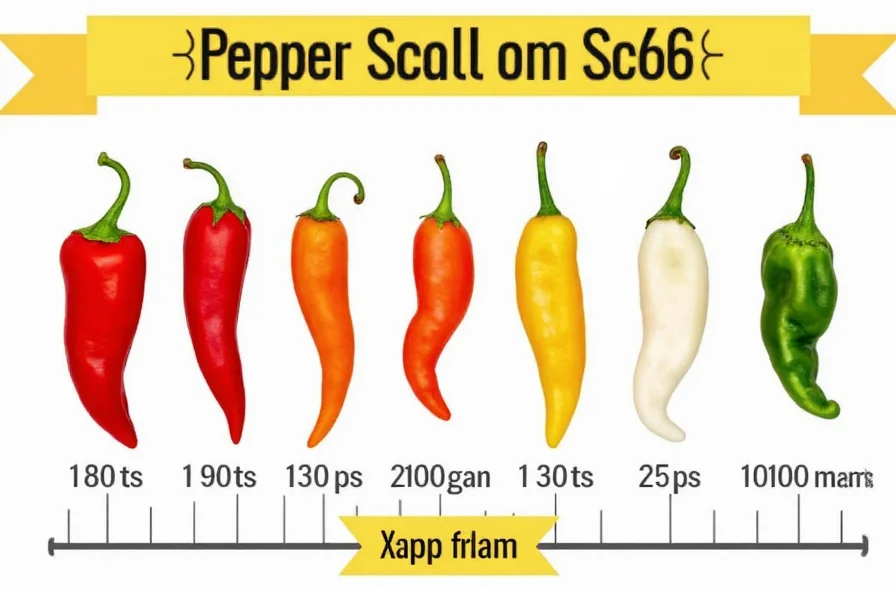
Frequently Asked Questions About the Scoville Scale
What exactly is the Scoville scale and how does it work?
The Scoville scale is a measurement of the heat or pungency of chili peppers and other spicy foods. It's measured in Scoville Heat Units (SHU), which represent how much a pepper extract must be diluted with sugar water before the heat becomes undetectable. The higher the number, the hotter the pepper. Modern measurements use high-performance liquid chromatography for more accuracy.
Why do Scoville ratings for the same pepper type have such wide ranges?
Pepper heat varies due to growing conditions, soil composition, climate, and even the specific plant. A jalapeño grown in ideal conditions might hit 8,000 SHU, while one grown in less optimal conditions might only reach 2,500 SHU. This natural variation is why you'll see ranges rather than single numbers for most peppers.
What's the hottest pepper currently on the Scoville scale?
As of now, the Carolina Reaper holds the Guinness World Record for hottest pepper, ranging from 1.4 million to 2.2 million SHU. However, new super-hot peppers are being developed regularly, and some unofficial peppers like the Pepper X (also developed by Ed Currie) are claimed to exceed 3 million SHU, though not officially verified.
How can I safely handle extremely hot peppers like the Carolina Reaper?
Always wear gloves when handling super-hot peppers, and never touch your face. Use separate cutting boards and utensils that you thoroughly clean afterward. Consider wearing eye protection as capsaicin can become airborne. Work in a well-ventilated area, and remember that cooking doesn't destroy capsaicin - the heat remains in your dish.
Is there a way to estimate Scoville units without special equipment?
While not precise, you can roughly compare peppers to known references. If a pepper feels about twice as hot as a jalapeño (which averages around 5,000 SHU), it might be around 10,000 SHU. However, this is highly subjective since heat perception varies between people. For accurate measurement, professional equipment is required.
Does the Scoville scale apply to hot sauces as well as whole peppers?
Absolutely! Hot sauces are measured on the same scale. A Tabasco sauce typically ranges from 2,500-5,000 SHU, while extreme hot sauces featuring Carolina Reaper or Ghost Pepper can exceed 1 million SHU. Always check the Scoville rating when buying hot sauces, as concentrations can vary widely even within the same brand.
Conclusion: Spice Up Your Life — Responsibly!
The Scoville scale isn't just for show-offs or chili scientists — it's a powerful tool that lets you control the heat in your kitchen. Whether you're tossing a jalapeño into guacamole or daring your friend to try a Carolina Reaper, knowing the SHU ratings can save you from culinary chaos.
Spicy food brings flavor, excitement, and a little bit of danger to every meal. But always remember: with great power comes great responsibility — and maybe a glass of milk nearby. So explore the world of peppers, have fun with the scale, and keep things interesting one bite at a time.


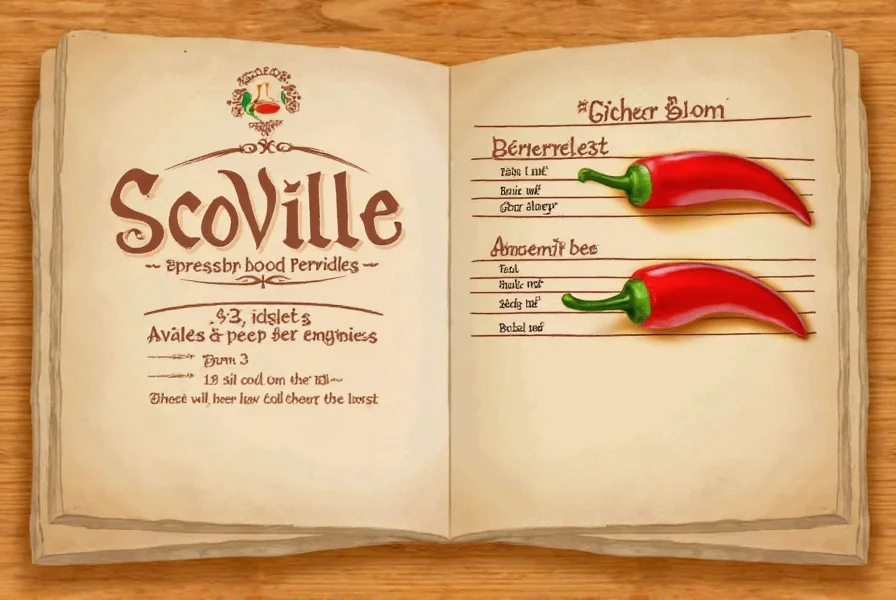









 浙公网安备
33010002000092号
浙公网安备
33010002000092号 浙B2-20120091-4
浙B2-20120091-4